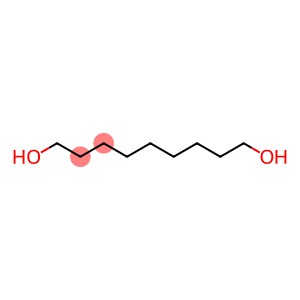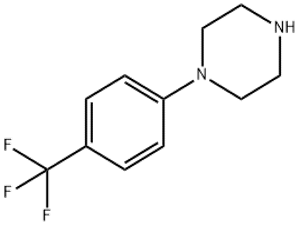1,9-Nonanediol(CAS#3937-56-2)
| Safety Description | S22 – Do not breathe dust. S24/25 – Avoid contact with skin and eyes. |
| WGK Germany | 2 |
| TSCA | Yes |
| HS Code | 29053990 |
Introduction
1,9-Nonanediol is a diol with nine carbon atoms. The following is an introduction to the properties, uses, preparation methods and safety information of 1,9-nonanediol:
Quality:
1,9-Nonanediol is a solid with white crystals at room temperature. It has the properties of being colorless, odorless, and soluble in organic solvents such as water, ether, and acetone. It is a non-volatile compound and has low toxicity.
Use:
1,9-Nonanediol has many applications in the chemical industry. It can be used as a solvent and solubilizer, and can also be used in pharmaceutical, dyes, resins, coatings, plastics, and other industries. It has good surfactant properties and can also be used as an emulsifier, wetting agent and stabilizer.
Method:
There are several ways to prepare 1,9-nonanediol, and one of the commonly used methods is synthesis from the hydrogenation reaction of nonanal. Nonanal reacts with hydrogen in the presence of a catalyst to produce 1,9-nonanediol.
Safety Information:
1,9-Nonanediol has low toxicity and is safe for industrial use. As a chemical substance, the following safety precautions should still be noted:
- Avoid contact with skin and eyes. In case of contact, rinse immediately with plenty of water and consult a doctor.
- During use, good ventilation should be used to avoid inhalation of gases or vapors.
- When storing and handling, it should be protected from contact with oxidants and strong oxidizing substances to avoid fire or explosion.
- Wear appropriate personal protective equipment such as gloves, glasses, and protective clothing during use.








